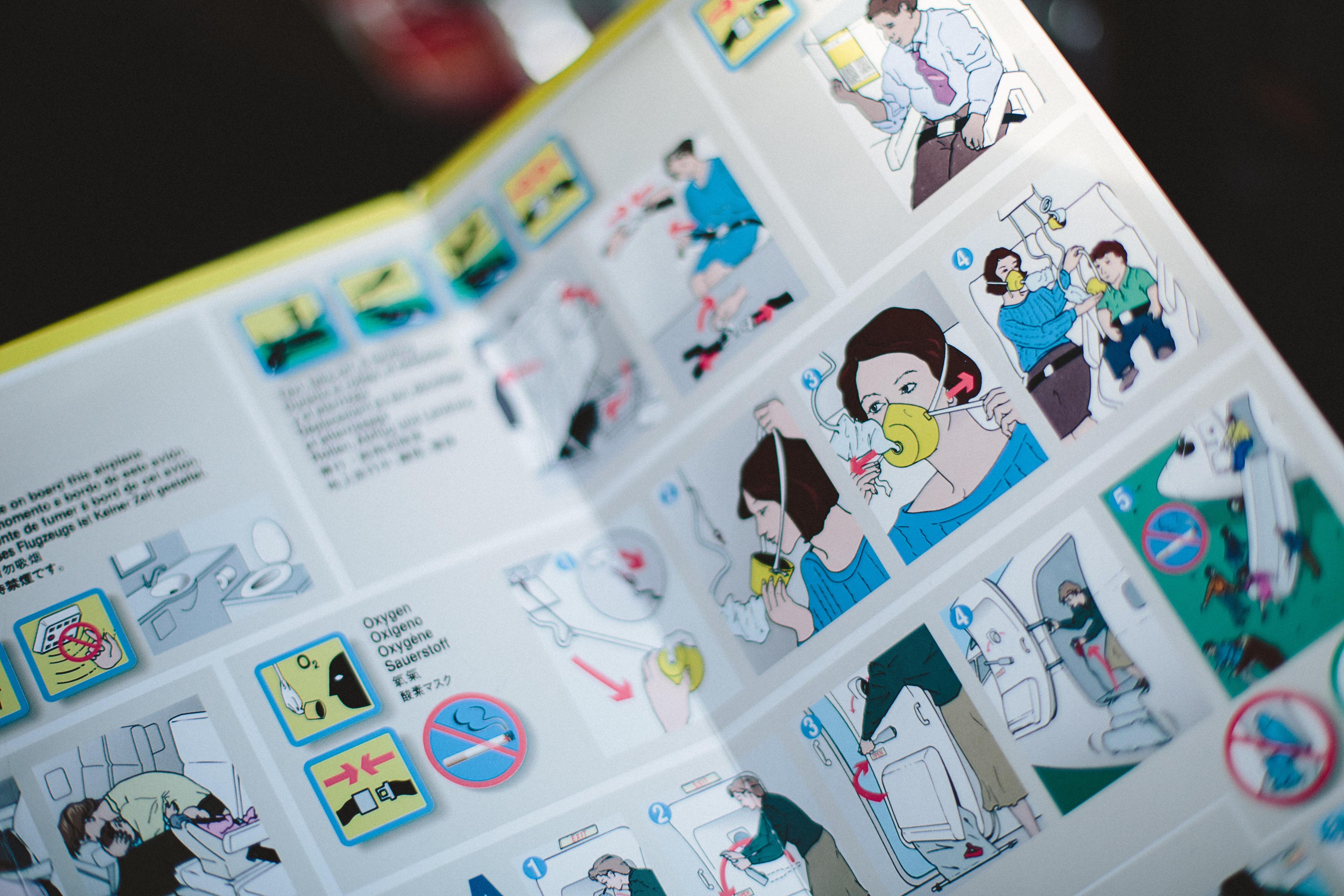
-
“Female karate teacher sends nude photos to 11-year-old student and invites him over to her house for sex.”
“Youth pastor accused of sending sexual texts to 15 year old.”
“Camp Director sends inappropriate snapchat messages to campers.”
“Teacher sentenced for texting student thousands of times.”
...
-
The Netflix documentary Athlete A , directed by Bonni Cohen and Jon Shenk, details the story of the USA Gymnastics (USAG) sex abuse scandal that utterly shocked the world in recent years. Through the lens of interviews with survivors and a thorough account of the Indianapolis Star journalists who first dug into this story, the film poignantly...
-
I am sure that similar to myself, your heart has been heavy with the news that is coming from the United States after the senseless murder of George Floyd.
How is it even possible that those that have sworn to protect and serve are using such brutal force that they can murder an individual while bystanders are watching. Does the word protect mean nothing! What are we striving to protect? Property, reputation, liberty, power, position ... or people?
Is it alright to sacrifice one in the name of many?
George Floyd was murdered by police officers, while bystanders looked on. This senseless act, devaluing a life, is not new. For centuries people have looked on, both up close and from a distance: Jerusalem, Rome, Europe, Middle East, First Nations, Slavery, South Africa, Rwanda, and now among people of colour at the hands of law enforcement. Silence is complicity.
-

On Monday, March 16, 2020, Canada went on lockdown after the World Health Organization declared COVID-19 a global pandemic. Soon thereafter, the United States also initiated lockdowns. The virus continued to hit all corners of the world as citizens were encouraged to stay indoors to avoid the continued spread. We had to say goodbye to physical... -

Often the impetus for implementing abuse prevention and safety within our organization is either qualifying for insurance or reacting to allegations or incidents of abuse. This perspective leaves many organizations feeling like abuse prevention is something they HAVE to implement, another thing on a to-do list.What if we approach...
-
Mar30Mon
Put on Your Oxygen Mask First: Emotional Health and Safety during a Pandemic
March 30, 2020
If you’ve ever flown on an airplane, you might recall hearing the flight attendant say the following words as part of health and safety procedures before takeoff: “In the unlikely event of an emergency, oxygen masks will automatically appear in front of you. Place it firmly over your nose and mouth, and breathe normally. If... -
Mar2Mon
The Vanier Scandal: What Does it Mean to be a Champion of the Vulnerable Sector?
March 2, 2020
On the weekend of February 22 nd 2020, Canadians learned of the devastating results of an independent inquiry, undertaken by L’Arche International –a non-profit organization committed to the protection and empowerment of persons with intellectual disabilities in 38 countries worldwide –which investigated allegations of abuse by... -
Coronaviruses are a large family of viruses. They can cause diseases ranging from the common cold to more severe diseases such as Severe Acute Respiratory Syndrome (SARS).
Public arenas such as churches, schools, community agencies play an important role in protecting the health of community members, through their response, public awareness announcement, educational role, their own modelled health behaviours and their informed decision-making.
On December 31, 2019, Chinese health authorities identified a new (or novel) coronavirus (referred to as 2019-nCoV) through a series of reported cases of pneumonia in Wuhan, China. The disease is now spreading and has made its way to Africa, North America and Europe.
This past weekend I observed three varying responses to the virus which concerned me:- I observed a group of elementary children being lectured for 20 minutes on the threat of the disease, the likelihood that either they or their family members will be exposed to it, how contagious it is and that there is a 14% chance that if a family member gets it they will die;
- I learned of a single mother who was sent home from work and told she must stay home on unpaid leave for two weeks because a family member had recently returned from Hong Kong;
- I also read a social media group spreading many myths about the disease and cautioning everyone to avoid interacting with anyone of Asian descent.
In an effort to provide safety and protection, I encourage you to view health and safety from a broad and holistic perspective still embracing a compassionate and inclusive approach where we refrain from discrimination, undue hardship and causing fear and stress. -
What if we taught kids to look at cyberbullying like this? What if we helped them see that the words, photos, actions and things they do online hurt just as much (if not more), than if they did it physically? What if we helped adults to see that their words and online actions are teaching our kids how to behave online? What if we could actually...
-
As we gather together to celebrate Christmas and the holidays, we are mindful that for many of you, this is really a busy time of year. Whether you visit shut-ins, serve meals, hold special services, dress up as Santa and give gifts, you are spreading joy. Your generosity and warmth will be felt by many. Thank you for the investment you make in sharing Christmas joy, love, and hope with others.
At Plan to Protect ®, we want to wish you a very Merry Christmas and Happy Hanukkah! We hope you have a very joyful holiday. We are so grateful for your partnership and business!
Speaking of which, many of you have partnered with us because of our commitment to help you reduce risk in your organizations and communities. Therefore, we want to remind you that the holidays are not cheerful for everyone. Families struggling to feed themselves today will likely struggle at Christmas. A child fearful of a parent or family member will probably still fear them during the special days of the year. Possibly even more so. Often more alcohol than usual is flowing, which can intensify abuse, anger, and harm.







